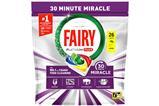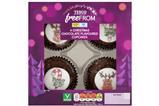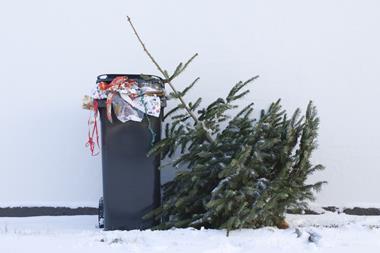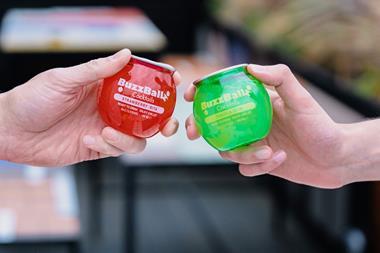When Cadbury Caramilk hit the UK in June 2021, Mondelez hoped it would “bring incrementality to the market” by luring millennials and young families to the confectionery aisles.
The caramelised white chocolate bar, which promised a “smooth, silky texture”, was backed by a “massive” marketing push that spanned in-store and out-of-home promotions as well as big PR and social & digital activities.
The investment paid off. Value sales of Caramilk hit £17.1m by the end of the year, encouraging Mondelez to expand the range with a Buttons format in early 2022 [NIQ 52 w/e 1 January 2022].
Soon the likes of Toblerone and Little Moons tried to replicate some of Cadbury’s success, launching their own limited-edition blonde chocolate variants over the summer.
Despite the frenzy of new entrants to the market, the UK’s original blonde chocolate bar – Caramac – gathered dust on supermarket shelves.
Owner Nestlé confirmed it was discontinuing the brand after more than 60 years on the market, following “a steady decline in sales over the past few years”.
Stock piling #Caramac pic.twitter.com/u3XP7tCE75
— Clair H (@rugbyleaguelady) November 8, 2023
Why did Caramac not succeed?
So, why did Caramac fail to ride the blonde chocolate wave? And how did Cadbury Caramilk come to replace it as Brits’ golden bar of choice?
Caramac’s sales dwindled in recent years. In 2021, values reached £3.1m [NIQ 52 w/e 1 January 2022] – less than a fifth of what Caramilk cashed in with, but in half the time.
By the end of 2022, its value sales had declined by 33% to £2.4m on volumes down 26.7% [NIQ 52 w/e 31 December 2022]. But that was no real surprise, given Nestlé had failed to pump any real marketing budget into the brand in years.
Nestlé eventually attempted to resurrect Caramac in line with the blonde chocolate craze, but it was late to the trend.
Read more:
-
Eight products proving gold chocolate bars will be the next big thing
-
Nestlé taps blonde chocolate trend with new Golden Collection
-
Why blonde chocolate is having a moment
The fmcg giant debuted its Golden Collection, featuring six blonde chocolate SKUs, in March 2023 – almost two years after Caramilk’s UK launch. Two of them – Munchies Gold Sharing Bag and Smarties Gold Buttons – were made with Caramac and featured its branding front-of-pack.
However, these were Nestlé’s first Caramac innovations in eight years. Its last spin-off was Caramac Giant Buttons in 2015, which had disappeared from shelves by 2020. And by this time, the long-neglected brand had lost relevance with younger shoppers and been outgrown by older generations.
While many shoppers took to social media to share their outrage at Nestlé’s decision – with one dubbing it the “god of confectionery” – the NIQ data indicates it’s unlikely many of them have bought a bar recently.
One team member at The Grocer, for instance, proclaimed “no!” when he heard the news, only to admit later he probably hadn’t eaten a Caramac in 40 years.
Which suppliers have cancelled popular food and drink brands?
Another X user posted: “Goodbye Caramac I haven’t bought since about 1975.”
Coca-Cola received a similar backlash after scrapping its declining Lilt brand earlier this year – with one Twitter (now X) user melodramatically stating: “I don’t think I want to live in a world without Lilt in it. What’s the point anymore.”
The drink wasn’t binned off completely by Coca-Cola – it was relaunched under the much larger Fanta brand as ‘Pineapple & Grapefruit’. For reference, Fanta was worth £281m at the end of 2022 – more than 17 times Lilt’s value, which saw sales reach £15.6m in the 52 weeks to 10 September 2022 [NIQ]. However, shoppers’ nostalgic associations with Lilt’s heyday made Coke’s decision a controversial one.
Although sales of both brands had been steadily dwindling, consumers’ emotional reactions to the demise of Lilt and Caramac show how much they were loved by British consumers.
Perhaps if Coca-Cola and Nestlé had allocated more marketing and R&D budgets to the respective brands, and given some careful thought about how to reinvent them for a younger consumer, both would have survived.
But for now, Cadbury Caramilk is the reigning king of blonde chocolate. And it doesn’t look like that’s likely to change any time soon.

























1 Readers' comment